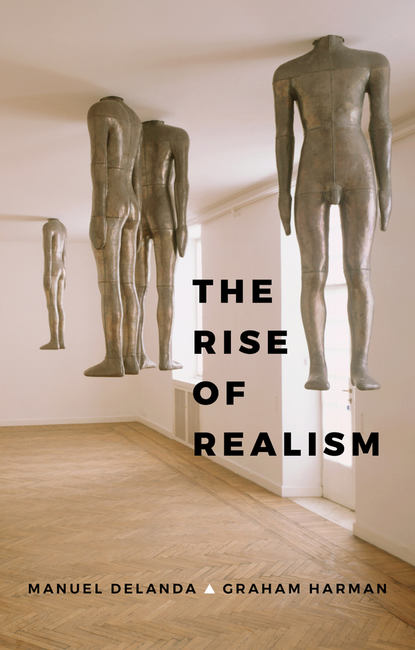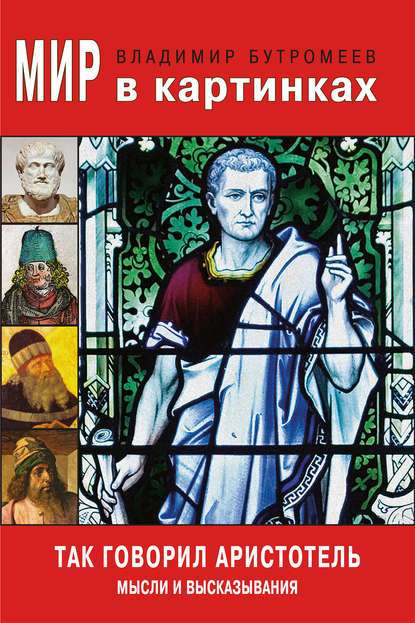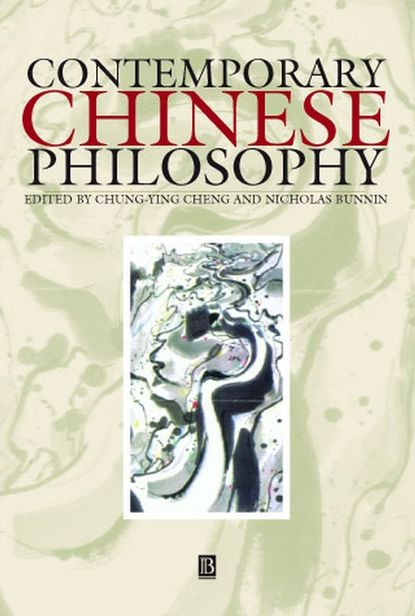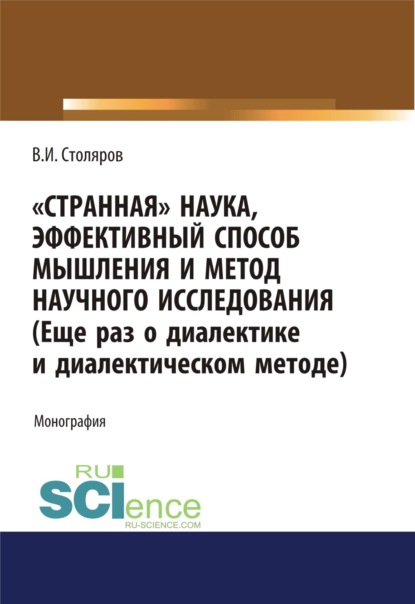Книга "The Rise of Realism" рассматривает вопросы, связанные с возрождением понимания реализма в континентальной философской традиции. Авторы книги - два ведущих философа - исследуют сходства и различия в своих позициях, а также рассматривают работы других философов и оценивают конкурирующие тенденции в современной философии.
Книга начинается с обсуждения отношения между реализмом и материализмом, которые один из авторов - Де Ланда - тесно связывает, в то время как другой автор - Харман - пытается их разделить. Во второй части книги авторы работают вместе, чтобы разработать расширенное определение термина "реализм".
Третья часть книги посвящена оживленному обсуждению преимуществ и недостатков реализма аттракторов и сингулярностей Де Ланды и объектно-ориентированной теории Хармана. Четвертая часть книги переходит к вопросу ознакомления с реальностью и обсуждает, насколько научные знания полностью отображают реальность.
В пятой части книги авторы переносят фокус на пространство, время и науку в целом, и здесь Харман защищает теорию актор-сетей, несмотря на ее явные антиреалистические элементы. Книга доступна и увлекательна, она является лучшей попыткой до сих пор прояснить различные подходы к реализму в континентальной философии. Она будет полезна студентам и ученым в области континентальной философии и всем, кто интересуется актуальными дебатами в философии и критической теории сегодня.
Until quite recently, almost no continental philosophers saw anything valuable in realism, according to Manuel DeLanda. But that has changed. This provocative and thought-provoking new book analyses the impressive rise of this position in the 'Continental' tradition.
The authors explore similarities in their positions, while also considering the work of other theorists and assessing rival philosophical positions. Firstly, the relation between materialism and realism is discussed, and DeLanda argues for a close relationship but Harman tries to draw a distinction between them. They then move on to consider the various meanings of the word 'realism', and together develop a new and enhanced definition. A spirited discussion follows about the relative advantages and disadvantages of DeLanda's theory of attractor/singularity realism and Harman's version of object-orientation. After that they tackle the issue of knowledge of reality, considering whether or not scientific truth claims accurately represent the world. Moving on, Humphrey Harman defends actor-network-theory in spite of its inherent anti-realism, providing a lively and accessible defence. This book is essential for anyone studying continental philosophy, as well as those with an interest in today's exciting and cutting-edge philosophical debate.
Эта книга является предисловием к реализму.
Электронная Книга «The Rise of Realism» написана автором Manuel DeLanda в году.
Минимальный возраст читателя: 0
Язык: Английский
ISBN: 9781509519040
Описание книги от Manuel DeLanda
Until quite recently, almost no philosophers trained in the continental tradition saw anything of value in realism. The situation in analytic philosophy was always different, but in continental philosophy realism was usually treated as a pseudo-problem. That is no longer the case. In this provocative new book, two leading philosophers examine the remarkable rise of realism in the continental tradition. While exploring the similarities and differences in their own positions, they also consider the work of others and assess rival trends in contemporary philosophy. They begin by discussing the relation between realism and materialism, which DeLanda links closely but which Harman tries to separate. Part Two covers the many different meanings of realism, with the two authors working together to develop an expanded definition of the term. Part Three features a spirited exchange on the respective virtues and drawbacks of DeLanda's realism of attractors and singularities and Harman's object-oriented theory. Part Four shifts to the question of the knowability of the real, as the authors discuss whether scientific knowledge does full justice to reality. In Part Five, they shift the focus to space, time, and science more generally, and here Harman offers a defence of actor-network theory despite its obvious anti-realist elements. Lively, accessible and engaging, this book is the best attempt so far to clarify the different paths for realism in continental philosophy. It will be of great value to students and scholars of continental philosophy and to anyone interested in the cutting-edge debates in philosophy and critical theory today.



















